Caress Care & Maintenance Guide
Preventive Maintenance
Prevention
Keep the dirt/soil out. Use walk-off mats at entrances and other areas to keep outside dirt and moisture from being tracked onto the carpet. Clean mats frequently. Keep your sidewalks and entrances free of excessive dirt.
Vacuum frequently
The best way to reduce dirt accumulation and prolong the life of your carpet is to vacuum regularly. Most dirt, even dust, is in the form of hard particles. When left in the carpet, these gritty, sharp particles abrade the pile as effectively as sandpaper.
How frequently should you vacuum and what kind of vacuum cleaner should you use? The frequency depends on the amount of foot traffic and household soil to which your carpet is exposed; more use means more frequent vacuuming.
Be aware that some vacuums have overly aggressive action which may damage the surface of your carpet. An inexpensive, less efficient vacuum can remove surface dirt but will not effectively remove the hidden particles embedded in the pile.
Special Note On Vacuum Selection for Caress by Shaw (generic) Carpets:
Most vacuums are not designed to work perfectly with all types of carpet. Caress by Shaw (generic) luxurious, soft products require a vacuum that can be easily maneuvered across the thick surface. The operation of certain types of vacuums is impeded by the plush, ultra-soft surface, and the machine cannot be easily pushed across the carpet. See our booklet, “Caress by Shaw (generic) — Care and Maintenance Recommendations,” for detailed information on vacuum characteristics and a list of recommended vacuum models.
Spots & Spills
Prompt attention to spots and spills is essential. Some spilled materials will stain or discolor carpet if not removed promptly. Other spills can leave a sticky residue that may result in increased soiling if not removed.
General Stain Removal Instructions
No carpet is stain proof, although many are stain resistant, which allows time for removal.
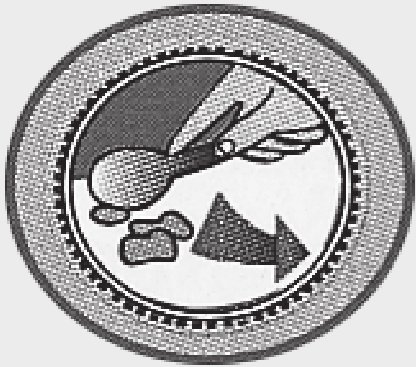
Scrape: Remove as much of food spills as possible by scraping gently with a spoon or dull knife.
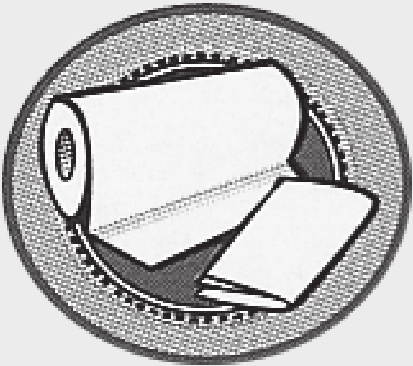
Absorb: Absorb wet spills as quickly as possible by blotting repeatedly with white paper or cloth towels.
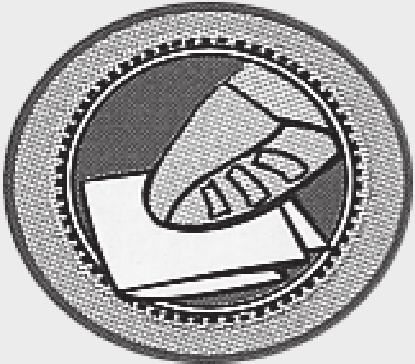
Blot: Always blot; never rub or scrub abrasively, as a fuzzy area may result. When blotting, work from the outer edge in toward the center of the spot to avoid spreading the spill.

Rinse: Always follow up with water to remove detergent residue that may become sticky and cause rapid resoiling.
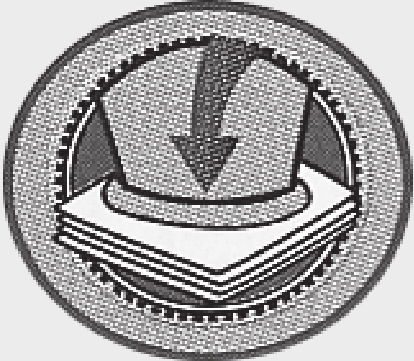
Weight: Remove remaining moisture by placing several layers of white towels over the spot and weigh them down with a heavy object that will not transfer color, such as a plastic jug of water.
Stain Removal & Cleaning Solutions
Spot removers
Shaw’s TOTALCARE® Stain & Soil Remover is recommended for all types of spot cleaning and is available from your floor covering retailer or through . It is approved under the Carpet and Rug Institute’s (CRI) Seal of Approval certification. Additional cleaning products in the CRI certification program are listed at www.carpet-rug.org. Do not use any household cleaners other than those listed in this program, since many household products contain chemicals that may permanently damage your carpet.
If one of the recommended products is not readily available you may use the guidelines below.
Some disinfectants contain chemicals that can stain, discolor and cause general harm to your flooring product. Quaternary Ammonium Salts are among those that have been found to be harmful to your flooring when used over time. Take care to choose pH neutral products only.
Stain Removal Procedures
See shawfloors.com/care for stain and soil removal procedures.
Clean Most Frequently Used Areas More Often
The most frequently used areas of your carpet — entrances, doorways, traffic lanes, seating areas, etc. will collect dirt much faster than other areas. By cleaning these areas when they first show signs of soiling you can prevent the dirt from spreading to the rest of the carpeted areas of the house.
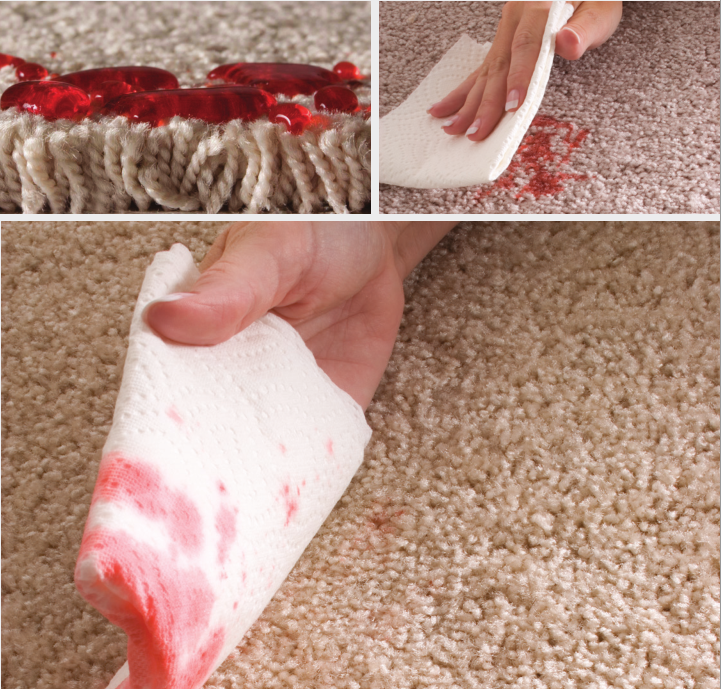
Professional Cleaning
Periodic professional cleaning of the overall carpet is highly recommended. The frequency of overall cleaning may vary depending on the level and type of traffic and the conditions to which your carpet is exposed. This may range from as little as 6 months to 24 months between cleanings. Your carpet should be properly cleaned at least once every 24 months to maintain its appearance and useful life.
Shaw recommends only hot water extraction, utilizing carpet cleaning products, equipment, and systems certified through the Carpet and Rug Institute’s Seal of Approval Program. These products are listed at www.carpet-rug.org. Warning: Non-approved cleaning products and topical treatments, applied by you or by a professional carpet cleaner, may result in damage to your carpet that will not be covered by your warranty.
Do-it-yourself systems
If you decide to rent a steam cleaning machine and do it yourself, remember recommended carpet cleaning equipment and cleaning products should have certification in the CRI Seal of Approval Programs (www.carpet-rug.org).
Nominal Changes In Carpet Appearance
Shading/Vacuum Cleaner Marks
Shading is normal in luxurious, cut pile carpet constructions, such as velvets or saxonies. This visual effect is a result of light reflecting differently from the tips of the carpet tufts versus the sides of the tufts. It is an aesthetic quality built into the carpet design and not considered a defect.
Seams
Reputable carpet stores use qualified installers who know how to minimize the appearance of seams. Seams may be slightly more apparent with a loop pile carpet than with a cut pile carpet.
Footprints
Most deep, cut pile carpets will show shoe or foot impressions. If you find this objectionable, a low pile carpet with a denser construction can help minimize this condition. Textured saxonies and frieze constructions are ideal for minimizing the appearance of footprints.
Indentations
Shift the location of furniture from time to time. Brush the dented area or use a grooming tool or fork to gently loosen or stand the crushed tufts upward. Holding a steam iron several inches above the carpet surface, steam the indented area lightly and brush the tufts upward with your fingertips. Do not let the iron touch the carpet!
Tip Bloom
Over time, day-to-day foot-traffic can cause the tips of cut pile carpet tufts to untwist and splay open, or “bloom”. This is a normal occurrence. Look for carpet styles with dense pile and tightly twisted tufts to minimize the likelihood of excessive tip bloom.
Crushing
Crushing is the compression of the carpet tufts. Heavy foot traffic and furniture indentations can crush the surface pile of the carpet. Use a vacuum with a beater bar unit and/or your fingers to lift and groom the pile. It may take several days for the pile to “recover” or fill in. To minimize crushing, select a dense, low pile carpet construction with tightly twisted tufts.
Matting
Matting is the physical entanglement of the fibers on the surface of the carpet. Many factors can contribute to matting. For example, tip bloom, foreign (abrasive) material, residue from spills, or unrinsed carpet shampoos can result in fiber entanglement and matting. Runners or walk-off mats can rub the surface pile of your carpet and promote untwisting of the tufts and also accelerate “matting”. Proper maintenance is the key to reducing matting problems. Remember to vacuum regularly!